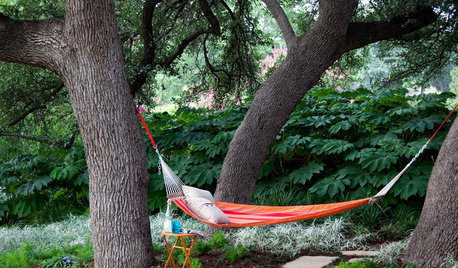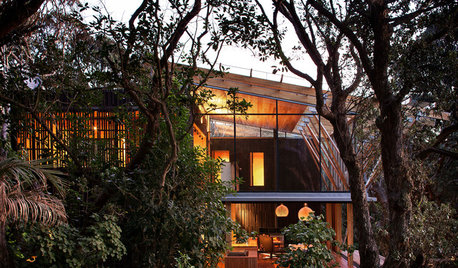Screening tree which complements native trees?
lizzie_nh
10 years ago
Featured Answer
Comments (10)
JillyWillyCT
10 years agoRelated Professionals
Allentown Landscape Architects & Landscape Designers · Willowick Landscape Architects & Landscape Designers · Newcastle Landscape Architects & Landscape Designers · Allentown Landscape Contractors · Canton Landscape Contractors · Bethel Park Landscape Contractors · Columbine Landscape Contractors · Fort Mill Landscape Contractors · Fort Wayne Landscape Contractors · Shaker Heights Landscape Contractors · Tavares Landscape Contractors · Bloomington Fence Contractors · Monrovia Fence Contractors · Pekin Fence Contractors · Verona Fence Contractorslizzie_nh
10 years agodekeoboe
10 years agosuenh
10 years agowisconsitom
10 years agoSequoiadendron4
10 years agoSequoiadendron4
10 years agoalabamatreehugger 8b SW Alabama
10 years agojimbobfeeny
10 years ago
Related Stories

GARDENING GUIDESPrunus Virginiana Thrives Under Deciduous Trees
Plant chokecherry for showy white flowers favored by native bees in spring, and to provide nesting habitat and food for birds
Full Story
LANDSCAPE DESIGNFlood-Tolerant Native Trees for Soggy Soil
Swampy sites, floodplains, even standing water ... if you've got a soggy landscape, these trees are for you
Full Story
GARDENING GUIDES8 Essential Native Shade Trees for the U.S. Southeast
These beauties provide cool shade in the summer and easily withstand the heat and humidity of the South
Full Story
CONTEMPORARY HOMESHouzz Tour: Native Trees Are Part of This Home’s Design
A coastal New Zealand house is built to blend into a surrounding forest of pohutukawa trees
Full Story
GARDENING GUIDESGrow Your Own Privacy: How to Screen With Plants and Trees
Use living walls to lower your home and garden's exposure while boosting natural beauty in your landscape
Full Story
TREESGreat Design Plant: Southern Magnolia, Iconic U.S. Native
Massive, fragrant blooms and deep green leaves set Magnolia grandiflora apart from other large shade trees
Full Story
GARDENING GUIDESGreat Design Tree: Australian Tea Tree
A living sculpture with an unmistakable appearance, this coastal native creates an intriguing landscape scene
Full Story
LANDSCAPE DESIGNGarden Overhaul: Which Plants Should Stay, Which Should Go?
Learning how to inventory your plants is the first step in dealing with an overgrown landscape
Full Story
GARDENING GUIDESPlant Black Cherry Trees for the Birds and Bees
Plant Prunus serotina in the Central and Eastern U.S. for spring flowers, interesting bark and beautiful fall color
Full Story
GARDENING GUIDESTree Care: Common Tree Diseases and What to Do About Them
Learn to recognize trees that may be affected by diseases or pests so you can quickly take action
Full StorySponsored
Professional Remodelers in Franklin County Specializing Kitchen & Bath
More Discussions







jcalhoun